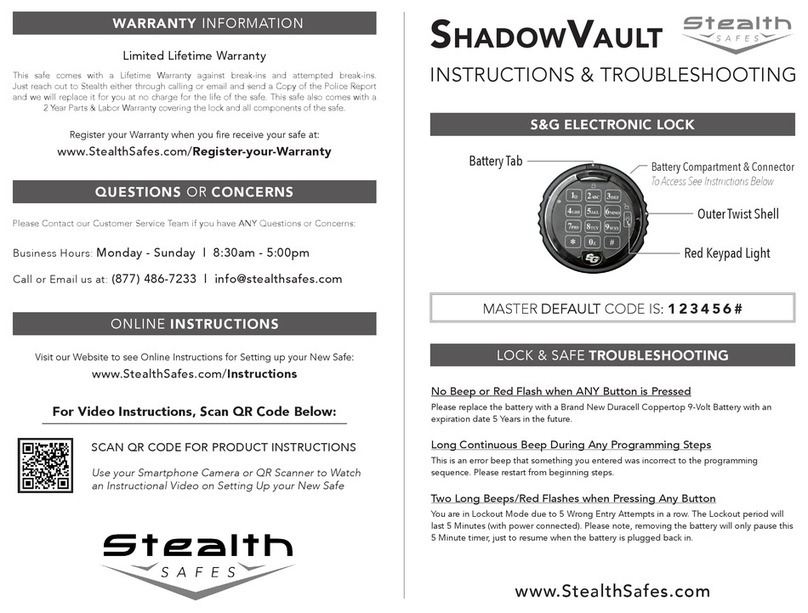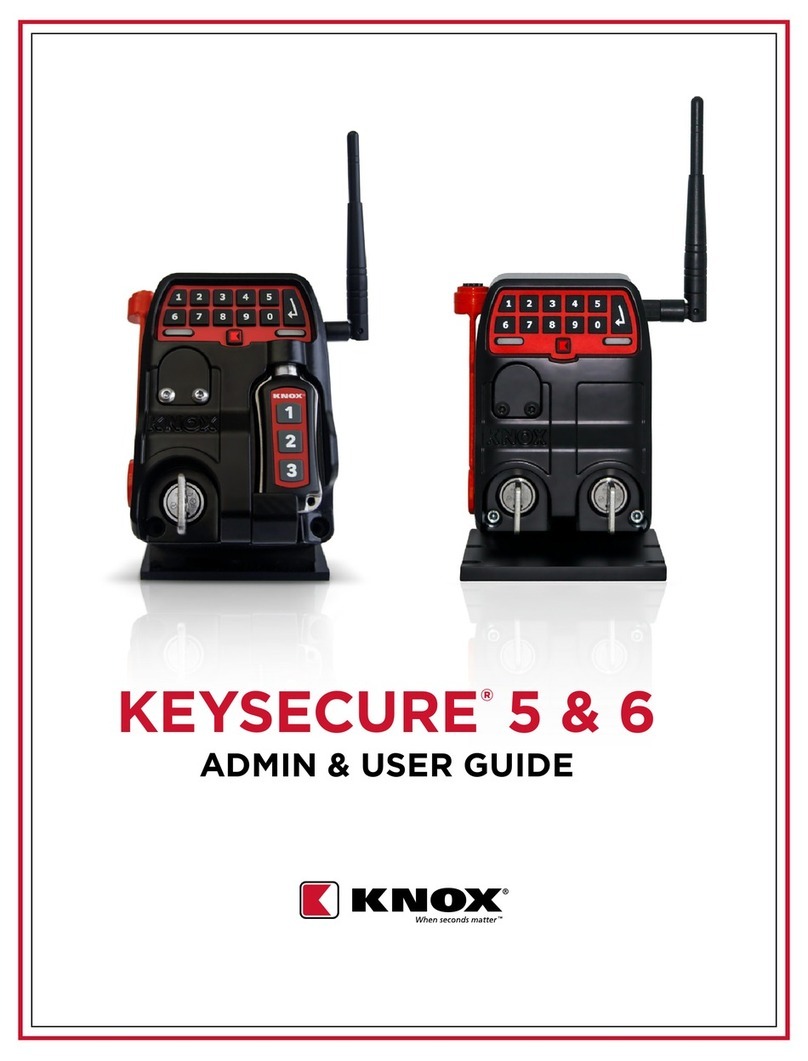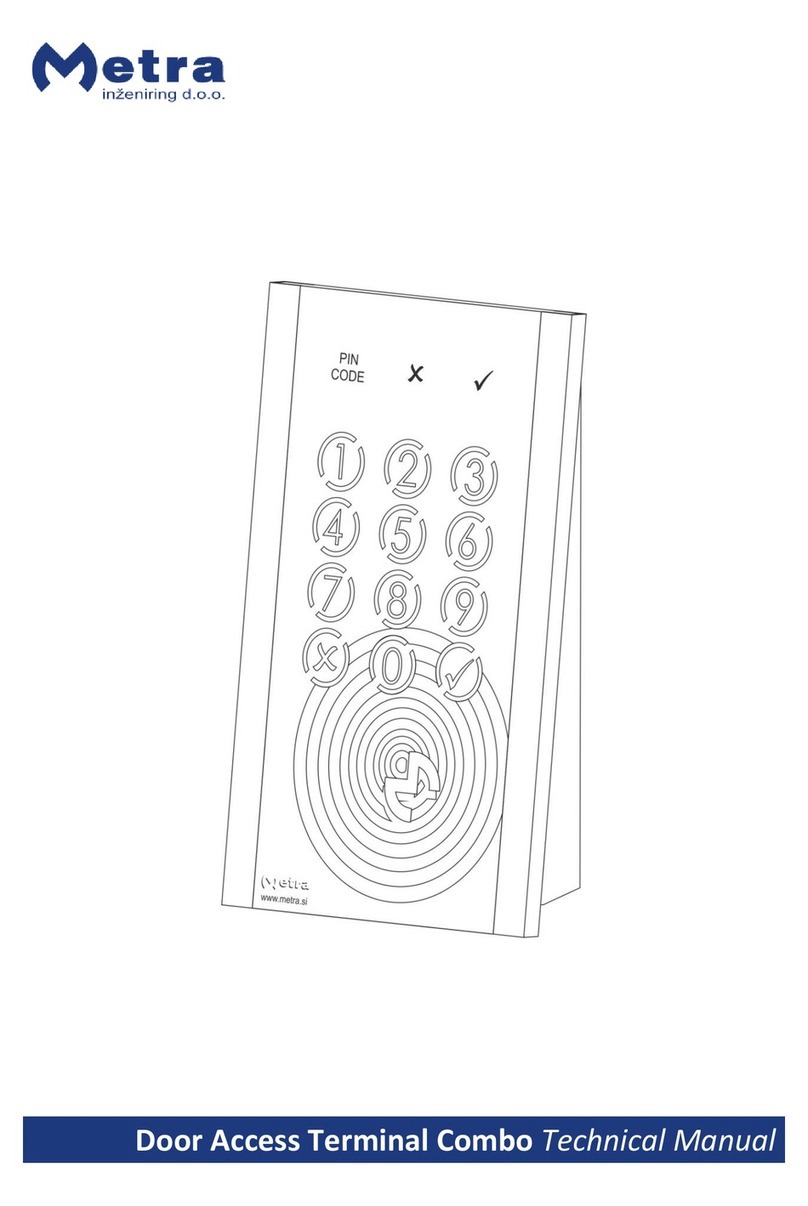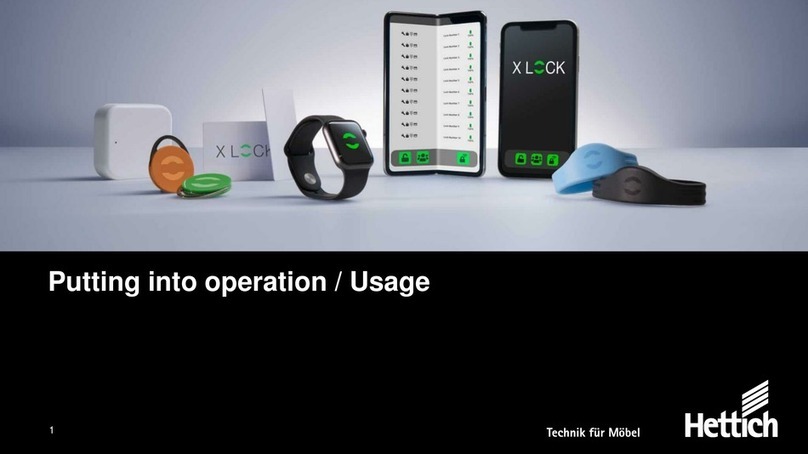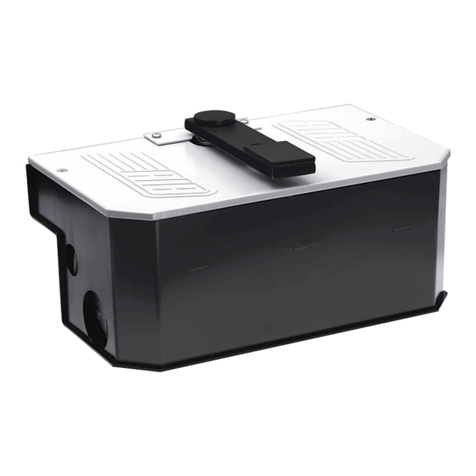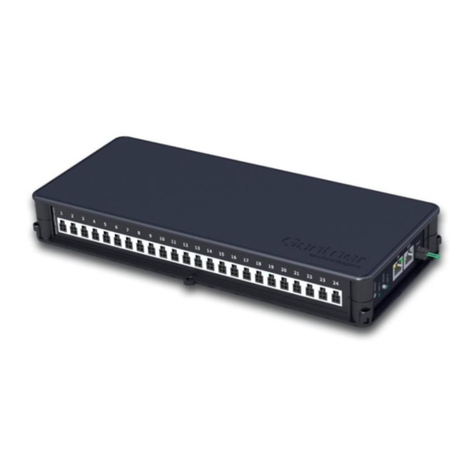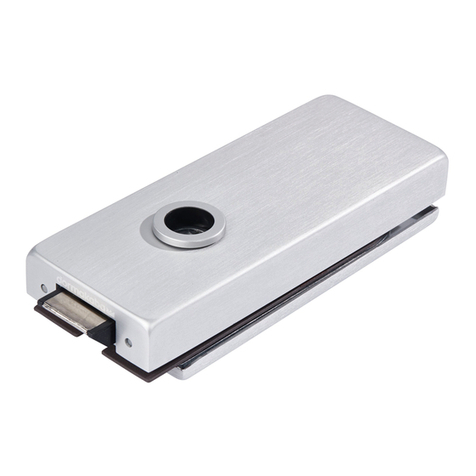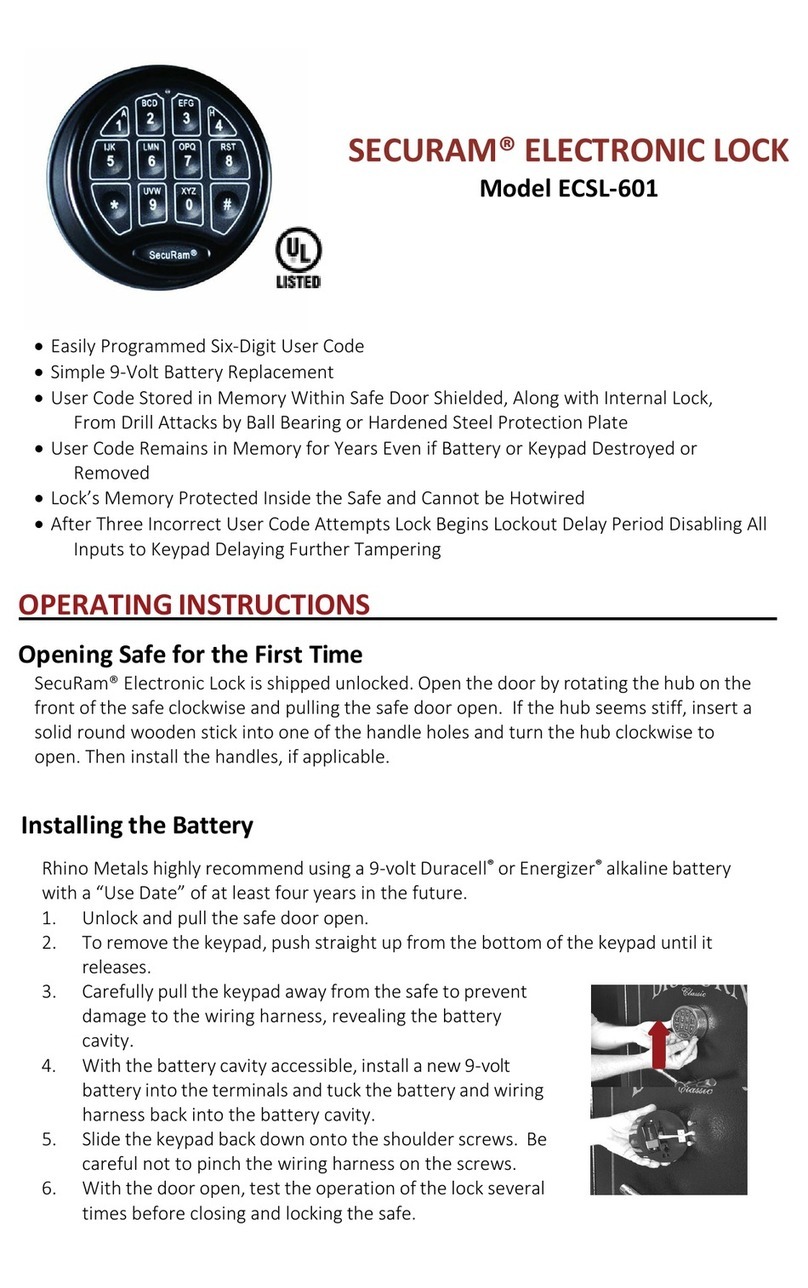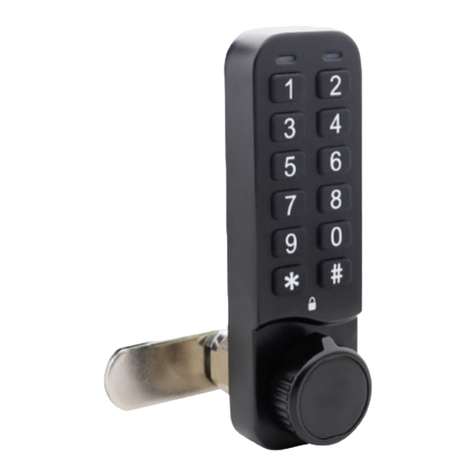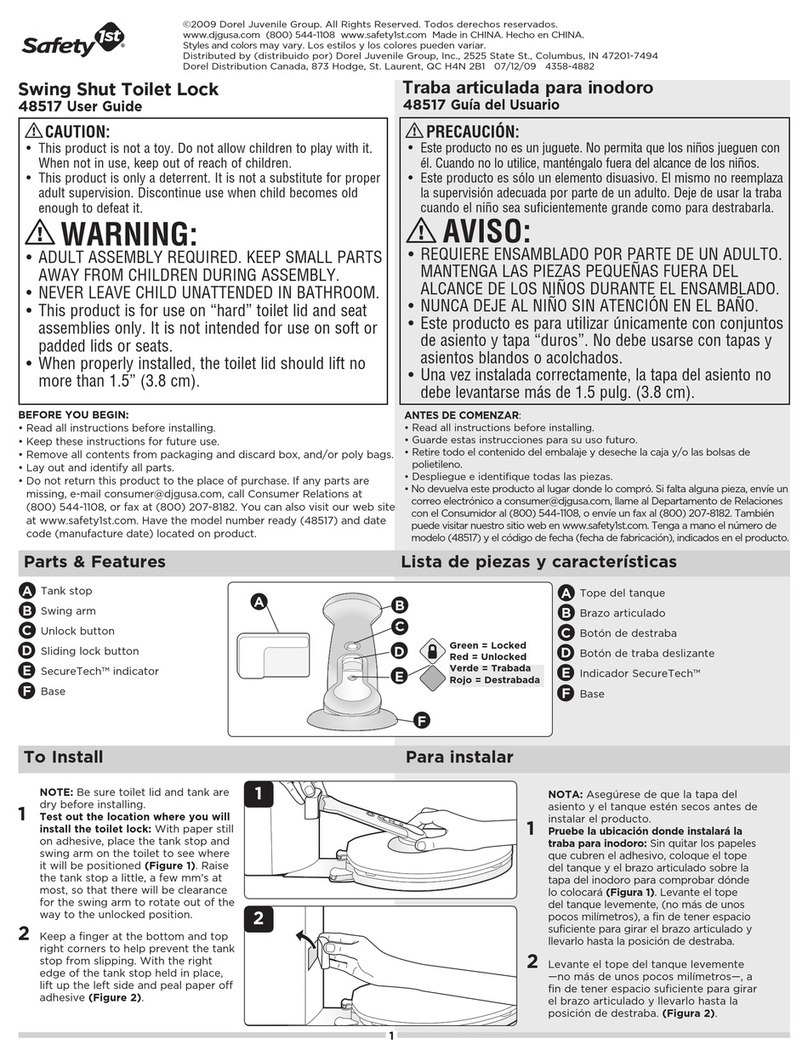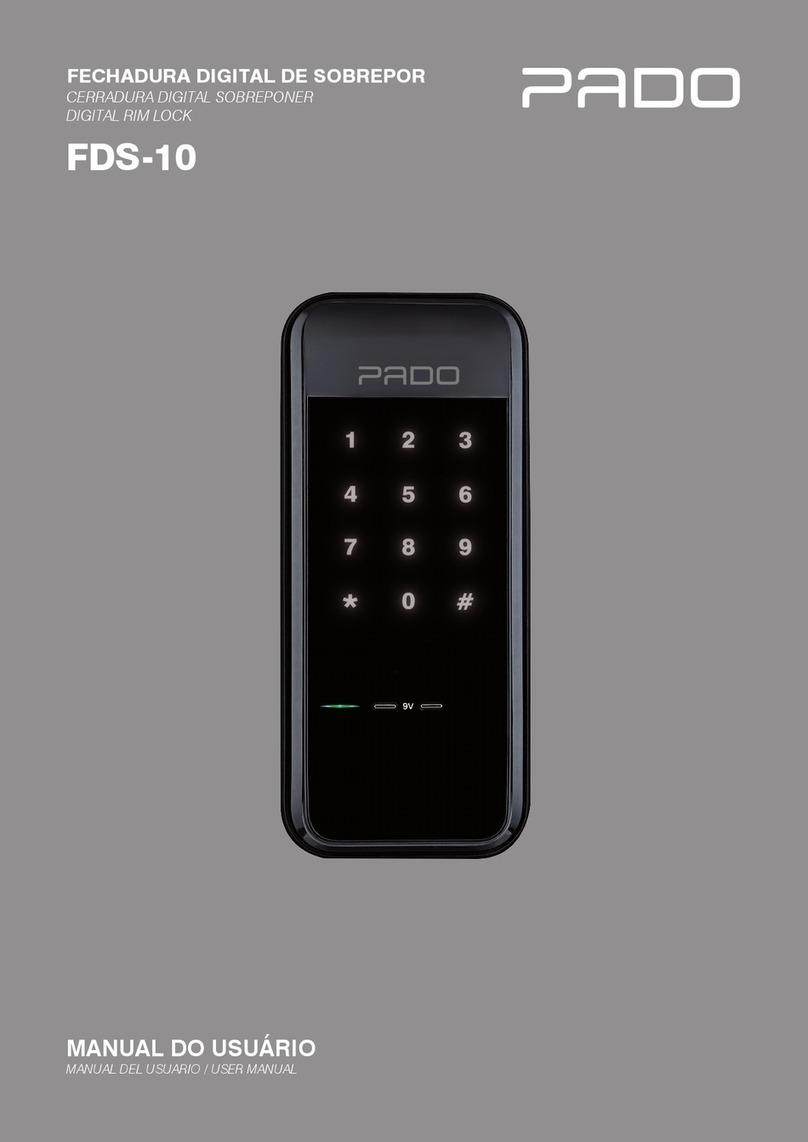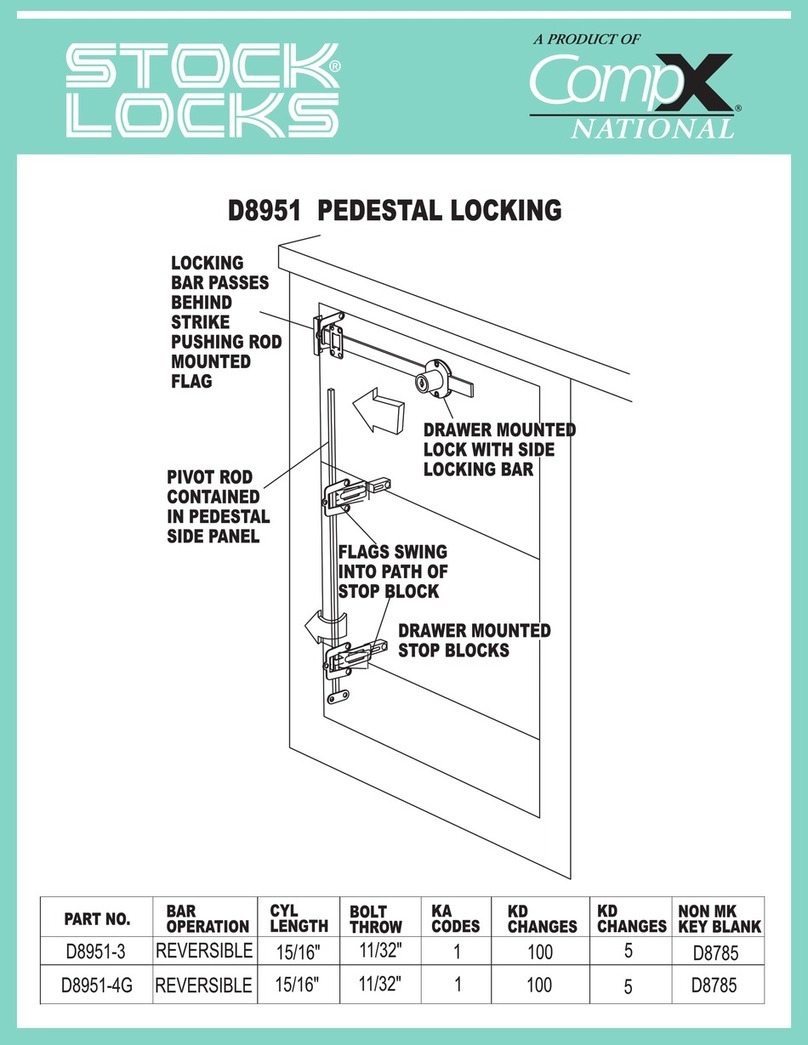The user undertakes only to allow persons to work with the hook lock PROXY RFID125 kHz who:
• have been instructed in working with the hook lock PROXY RFID125 kHz
• have read and understood this user’s manual.
The lock is equipped with a CR 123A 3V battery, which guarantees up to 20,000 openings. The
battery
level is automatically checked if no opening by radio signal has taken place within 30 days.
If the battery level is low or the 20,000 openings have been exceeded, the necessary battery
replacement is indicated by an audible signal. Under certain circumstances, the signal may last
for several days, in which case automatic unlocking of the lock takes place.
The hook lock PROXY RFID125 kHz is a compact, wireless furniture lock for cupboards and
drawers. It is opened with an electric motor, when closed the system locks itself. Contactless
chip technology is used as the “key”. The system is “woken up” and opened by contactless
identification via an authorised ID medium on the door.
The ID medium is simple to programme or delete. The installation of the lock with the springpo-
wered door opener is possible without drilling holes in the piece of furniture.
Authorised opening of an electronic lock in wooden furniture with an encoded chip (= ID medi-
um). This chip can be in the form of an ID-card (cheque card format) or key fob.
The set contains the following components:
Mechanical specification Weight per Set Complete Set 270 Gramm
Electrical specifications Equipment class as per
Directive 1999/5/EC
Class 2
HF radiation output max. 66 dBµA/m at 10m
Frequency band 119 to 135 kHz
Battery type CR 123A 3V
Ambient conditions Operating temperature -5°C bis +50°C
Relative humidity operation 20% bis 75% (not condensing)
Danger!
The electronics of the hook lock PROXY RFID125 kHz contains a lithium-ion battery.
Dispose of this battery in accordance with national regulations.
When disposing of partly discharged batteries, ensure that no accidental short circuits can occur
between the poles of the battery (for example due to key fob in pocket of clothing…): danger of
explosion and fire.
Fasten the partly discharged battery for transport using non-conductive adhesive film in such a
way that no short-circuits can occur.
Important!
Separate electronics of the hook lock PROXY RFID125 kHz from the other parts and dispose of in
accordance with local regulations and directives.
Congratulations on your purchase of the hook lock PROXY RFID125 kHz. With this decisi-
on you have acquired locking technology with which you can lock and secure
furniture without a key but nevertheless in a controlled, safe way.
General safety instructions
Important!
If the door is closed when starting up or changing the battery without inserting the battery, the
door cannot be opened via radio signals: it is necessary to break the door open.
Follow the exact instructions for installation and start-up of the radio systems and replacement of
the batteries. Remove the flat battery and to prevent a malfunction, wait at least 30 seconds
before inserting a new battery. Observe correct polarity (+/-) at the battery case and the battery
itself. Do not store locks with insert battery - never directly side by side and together with data
media, as otherwise empties the battery very fast.
Important!
During installation of the lock and strike plate, ensure that the door is not pre-stressed and
stresses are not transferred to the locking system. There is a risk that the latch can no longer
open ➔ malfunction.
Avoid doors which are pre-loaded with a rubber profile.
Authorised opening of an electronic lock in wooden furniture with an encoded chip. This chip can
be in the form of an ID-card (cheque card format) or key fob. Function of the lock is only warran-
ted when mounted on not conductive materials (wood, plastic). The max. thickness of the material
must not exceed 20 mm. If used with higher material thickness or metal doors or doors with metal
coatings an external antenna must be used.
Use of the lock in explosive environments. Use of the lock outside of the stipulated specifications.
For damage resulting from incorrect use the customer bears sole responsibility, the manufacturer
accepts no liability whatsoever.
Any type of modification to the hook lock PROXY RFID125 kHz is not permitted.
The electromagnetic conduct of the hook lock PROXY RFID125 kHz may be impaired by additi-
ons or modifications of any kind.
Therefore do not carry out any modifications or additions to electric/electronic components.
The use of replacement parts from third-party manufacturers may lead to dangers. Use only
original parts or parts approved by the manufacturer.
Intended use
Forseeable misuse
Important!
The user’s manual must be accessible for operators.
In addition, general and local regulations on accident
prevention and environmental protection are to be obser-
ved.
Conversions or modifications
Replacement and wear parts and process materials
Warranty conditions
This product was designed and manufactured carefully. At the moment of purchase the warranty
amounts 12 months for material and manufacturing failures. The warranty starts with the date of
purchase for 12 months. The product can be exchanged prior to certification of the proof of purch-
ase.
The warranty conditions are limited to costfree exchange of the product or repair. Costs
and risks caused by transport, installation or de-installation of the product and all other costs
caused by the repairing will not be compensated. Liability for consequential loss—no matter which
type—are strictly excluded.
Technical specifications of the hook lock PROXY RFID125 kHz
Disposal
Obligation of the user
Warning signals of the hook lock PROXY RFID125 kHz
Aim of the hook lock PROXY RFID125 kHz
Functional description
Components of the hook lock PROXY RFID125 kHz
• hook lock with hook bolt
• closing part with breaking point
• mounting plate
• Battery CR123A
• Tool to install the closin part
• screws
• manual
• Sticker with logo
• Contactless and invisible identification with 125 kHz frequency
• Compatible with RFID transponder EM4100, EM4102, TK4102, EM4200 (UID)
• Use with revolving doors, flaps and drawers in the furniture sector
• Simple programming, using programming card
• 1 programming card and 50 user transponders per lock can be taught
• Up to 20 000 openings with one battery
• Programming card and transponder, please order separately
• RFID read range depending on transponder and installation situation
Installation and Operation Manual
Packaging changes possible
hook lock
PROXY RFID 125 kHz

